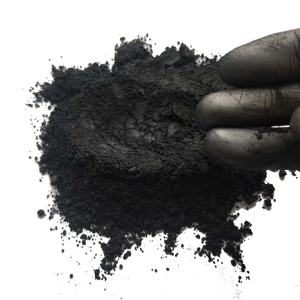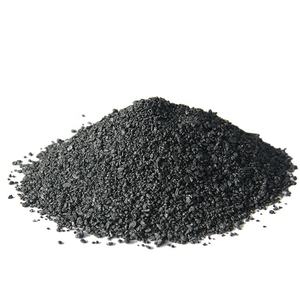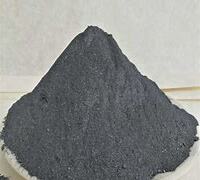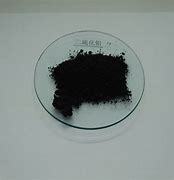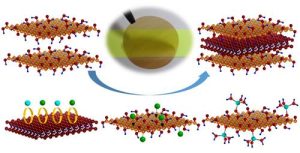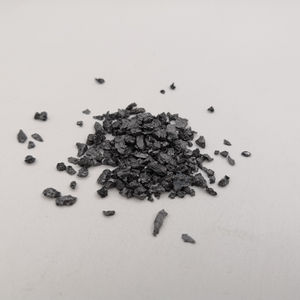Professional graphite material supplier, graphite for EV, grease, furnace and any other industries.
(What are the classification and characteristics of graphite?)
Graphite can be divided into natural graphite and artificial graphite, they are similar in structure and have the same physical and chemical properties, but their uses are quite different.
1. Natural graphite
Natural graphite is a gift of nature, created by the transformation of carbon-rich organic matter under the long-term action of high temperature and pressure geological environments. The technological properties of natural graphite are mainly determined by its crystalline form. Graphite minerals with different crystalline forms have different industrial values and use.
There are many types of natural graphite, according to the different crystalline forms. In industry, natural graphite is divided into three categories: dense crystalline graphite, flake graphite, and cryptocrystalline graphite. There are two main types of graphite in China: flake graphite and cryptocrystalline graphite.
Dense crystalline graphite is also called bulk graphite. Such graphite crystals are obvious and the crystals are visible to the naked eye. The particle diameter is greater than 0.1 mm. The crystal arrangement is disorderly and has a dense block structure. The grade is very high, generally, the carbon content is 60%~65%, sometimes 80%~98%, but its plasticity and smoothness are not as good as flake graphite.
Natural flake graphite is a pegmatite in crystallography, a single crystal, named for its scaly crystals, which are divided into large flakes and fine flakes. The lubricity and plasticity of this graphite are superior to other types of graphite, so it has the greatest industrial value.
Although the grade of flake graphite ore is not high, the carbon content is generally between 3% and 25%, but it is one of the most floatable ores in nature. After multiple grinding and selection, high-grade graphite concentrate can be obtained.
Cryptocrystalline graphite, also known as amorphous graphite or earthy graphite, has begun to be called microcrystalline graphite in recent years. The crystal diameter of this graphite is generally less than 1 micron, and the crystal form can only be seen under an electron microscope, which can be regarded as a collection of graphite crystals.
Natural microcrystalline graphite is usually transformed from coal in a high temperature and high-pressure geological environment, so natural microcrystalline graphite is usually associated with coal, and transitional areas from anthracite to natural microcrystalline graphite can often be seen in natural microcrystalline graphite ore bodies.
This type of graphite is characterized by an earthy surface, lack of luster, lower lubricity than flake graphite, and poor selectivity. But the grade is high, the carbon content is generally 60%~80%, and a few are up to 90% or more.
2.Artificial graphite
Artificial graphite is similar to polycrystals in crystallography. There are many kinds of artificial graphite, and the production process is very different. In a broad sense, all graphite materials obtained by organic carbonization and then graphitization at a high temperature can be collectively referred to as artificial graphite, such as carbon (graphite) fibers, pyrolytic carbon (graphite), foamed graphite, etc.
And in a narrow sense, artificial graphite usually refers to the low impurity content of charcoal raw materials (petroleum coke, asphalt coke, etc.) as the aggregate, coal pitch, etc. as the binder, after the ingredients, mixing and kneading, molding, carbonization (known as roasting in the industry) and the graphitization and other processes to produce a block of solid materials, such as graphite electrodes, isostatic graphite, etc.
High quality natural graphite and artificial graphite manufacturer
Luoyang Moon & Star New Energy Technology Co., LTD, founded on October 17, 2008, is a high-tech enterprise committed to the research and development, production, processing, sales and technical services of lithium ion battery anode materials. After more than 10 years of development, the company has gradually developed into a diversified product structure with natural graphite, artificial graphite, composite graphite, intermediate phase and other negative materials (silicon carbon materials, etc.). The products are widely used in high-end lithium ion digital, power and energy storage batteries.
If you are looking for natural graphite and artificial graphite, click on the needed products and send us an inquiry:sales@graphite-corp.com
(What are the classification and characteristics of graphite?)

